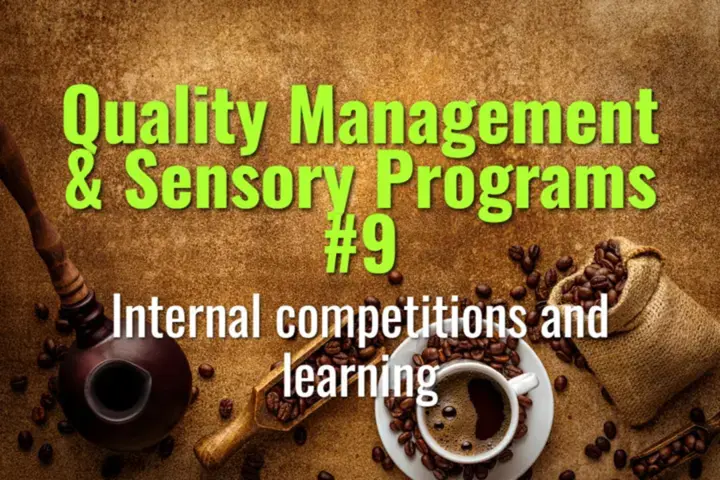Internal competitions and learning
How to design and run internal competitions as a tool for barista development, sensory calibration, and continuous learning within a coffee program.
- Coffee Basics Nerds
- 2 min read
Article 9 of 12 in Quality Management & Sensory Programs/

Why Internal Competitions?
- Build excitement and motivation among staff.
- Provide structured practice for sensory and technical skills.
- Encourage knowledge-sharing and peer-to-peer learning.
Competition Formats
- Sensory Challenges:
- Triangulation tests (identify the odd cup).
- Flavor ID from cupping or espresso shots.
- Defect detection speed rounds.
- Technical Challenges:
- Fastest consistent espresso dial-in.
- Latte art throwdowns (hearts, tulips, rosettas).
- Brewing recipe optimization (best TDS/EY within spec).
- Knowledge Quizzes:
- Coffee origins, processing methods, roasting science.
- Water chemistry and extraction theory basics.
- Service Simulations:
- Timed rush scenarios to test workflow consistency.
- Customer service role-play to strengthen hospitality skills.
Benefits
- Skill Development: Reinforces QC practices in fun settings.
- Calibration: Creates alignment in tasting vocabulary and scoring.
- Culture: Builds camaraderie and friendly competition.
- Talent Discovery: Identifies potential candidates for external competitions.
Practical Tips
- Keep formats short (30–60 minutes) to fit into schedules.
- Rotate themes monthly (sensory → technical → service).
- Provide small prizes (coffee gear, free bags, recognition).
- Document outcomes to track skill improvement.
Example Schedule
- Week 1: Espresso dial-in speed test.
- Week 2: Sensory triangulation challenge.
- Week 3: Latte art throwdown.
- Week 4: Team cupping calibration.
Summary
Internal competitions transform training into engaging, gamified learning. By mixing sensory, technical, and service challenges, cafés and roasteries can foster a culture of continuous improvement, team bonding, and excellence while preparing baristas for professional growth.